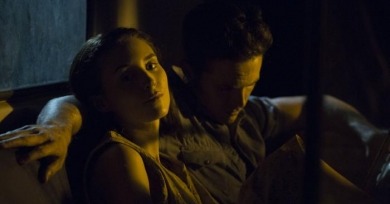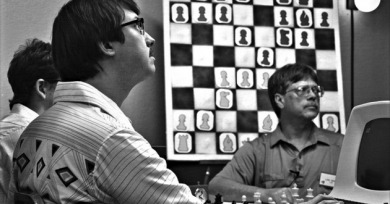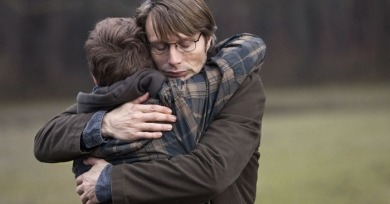Reviews
Santiago Mitre’s The Student, from Argentina, suggests that student and national politics can be strange Machiavellian bedfellows.
Old Cats is crammed with the stuff of life—not just the roiling emotions that take up space in its characters’ heads, like regret, anger, neuroses, and occasional joy, but also the literal things that pile up in their houses: books, computers, medicines, and, most of all, tchotchkes.
Young filmmakers and critics alike speak of the American seventies cinema with a grandiose nostalgia, as though everywhere one turned there was another masterpiece just waiting to be picked, like a fresh-cheeked apple from an endless orchard.
Like his celebrated 2000 debut, George Washington, Avalanche is slow and sparse, padded with meandering negative space.
Certainly The Canyons didn’t have a private life at any stage of its production, nor have two of its stars had one, in any traditional sense of the word, at any point in their adult lives.
When Allen has dared to venture into darker psychological portraiture (a.k.a, when he’s “gone serious” in films like Interiors and September), he’s risked displeasing viewers who’d rather cozy to the relatably anxious than the genuinely depressed or dysfunctional.
The Act of Killing does not concern itself with replicating reality in the typical documentary manner: recording or preserving historical evidence. After all, since the perpetrators have never really denied their heinous acts, the film is not burdened with a need to prove anything.
After charting the romantic fumbling and interpersonal short-circuiting amongst the post-college set with exceeding subtlety, there’s something undeniably exciting about watching the filmmaker slip out of low-budget naturalism and embrace a wonky side little seen in his previous work.
If Only God Forgives has anything going for it, it’s that it’s clearly the movie that its creator wanted to make. Of course, that’s also mostly what’s wrong with it.
While the limits of Michael Cera’s obliviously adorable moppet act are on full display in Arrested Development, Sebastián Silva’s Sundance-winning Crystal Fairy provides the actor an opportunity to show off the unexpected and fun flip side of the coin: an obliviously assholish millennial.
When one school employee remarks, “I don’t think anyone here is in doubt as to what Lucas has done,” despite a complete lack of evidence, the viewer similarly must be in no doubt as to what Vinterberg has done: he has rigged the game . . .
Rarely has something so lofty felt so leaden as Pedro Almodóvar’s latest, a comedy that mostly takes place aboard an intercontinental flight, stuck circling over the ground because of a landing-gear malfunction.
The free-wheeling nature of Dolan’s aesthetic can result in some dubious decisions, but I’ll take the risks of his throw-it-against-the-wall-and-see-if-it-sticks instincts over the dubious “restraint” seen in too many contemporary films chronicling LGBT experience.
Jem Cohen’s Museum Hours is a strange and rare kind of movie: a narrative feature about how we look at things.













